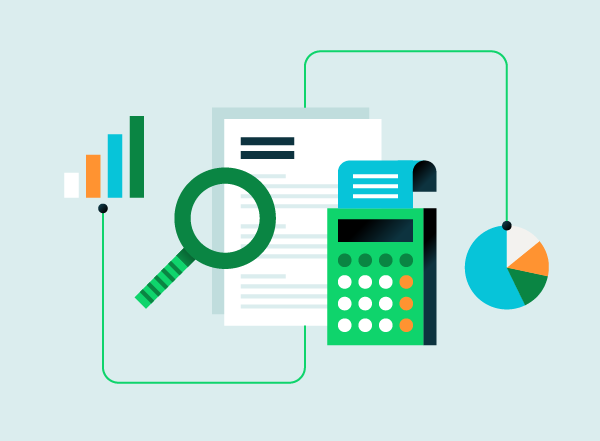Collateral, personal guarantees
If a banker is concerned about your firm’s creditworthiness, you may be asked to provide more security for the loan.
You may need to pledge fixed assets (machinery, equipment), or your accounts receivable balance as collateral for the loan. If you pledge an accounts receivable balance and default on the loan, the bank has the legal right to collect balances from your customers.
A bank may also require that you personally guarantee the loan. This arrangement means that your personal assets (home equity, investment assets, retirement accounts) serve as collateral for the loan.
Think carefully before you agree to a personal guarantee.
The potential of a business failure is tough to consider, but the problem is made much worse if you have to repay loans out of your personal assets. Talk with your family, trusted peers, and an attorney before taking this step.
You may have other options.
- Sell ownership: If you can raise funds from investors, you may be able to cash flow your business using newly invested dollars, and avoid a personal loan guarantee.
- Sell personal assets: Some business owners raise funds by selling personal assets, such as an investment portfolio. Selling assets reduces your personal net worth, but you avoid taking on business debt.
Company founders sometimes raise cash by taking out a second mortgage on a home, or by using personal credit cards. This approach is similar to a personal guarantee on a business loan, because your debt increases.
Before taking on personal debt to finance your business, discuss the issue with people that you trust. If you decide to move forward, you’ll need to look for a bank that provides an attractive interest rate.











